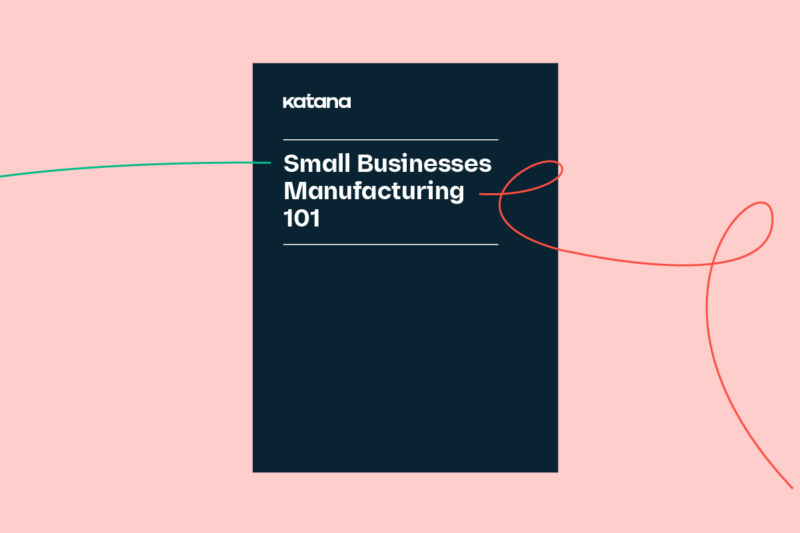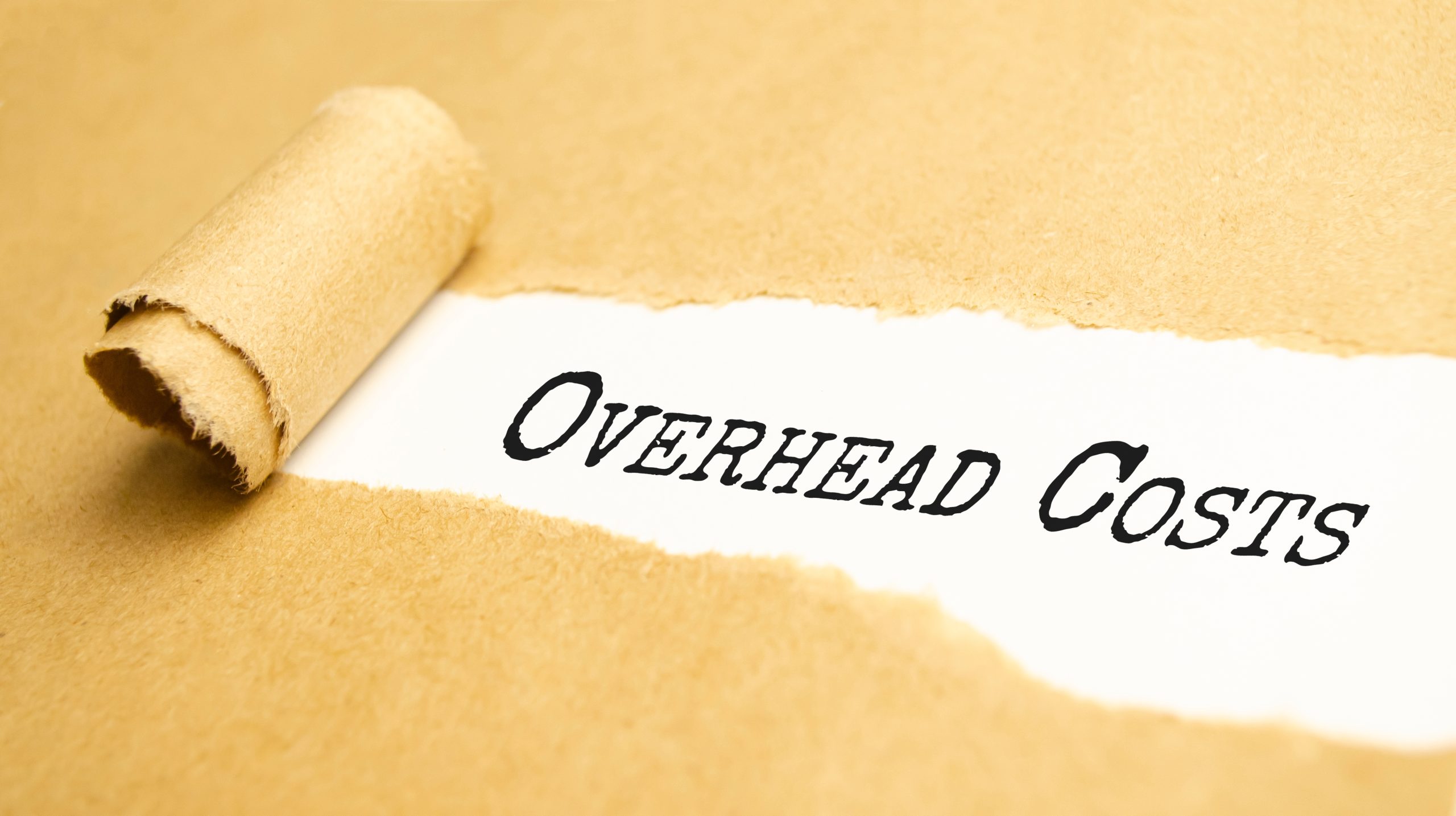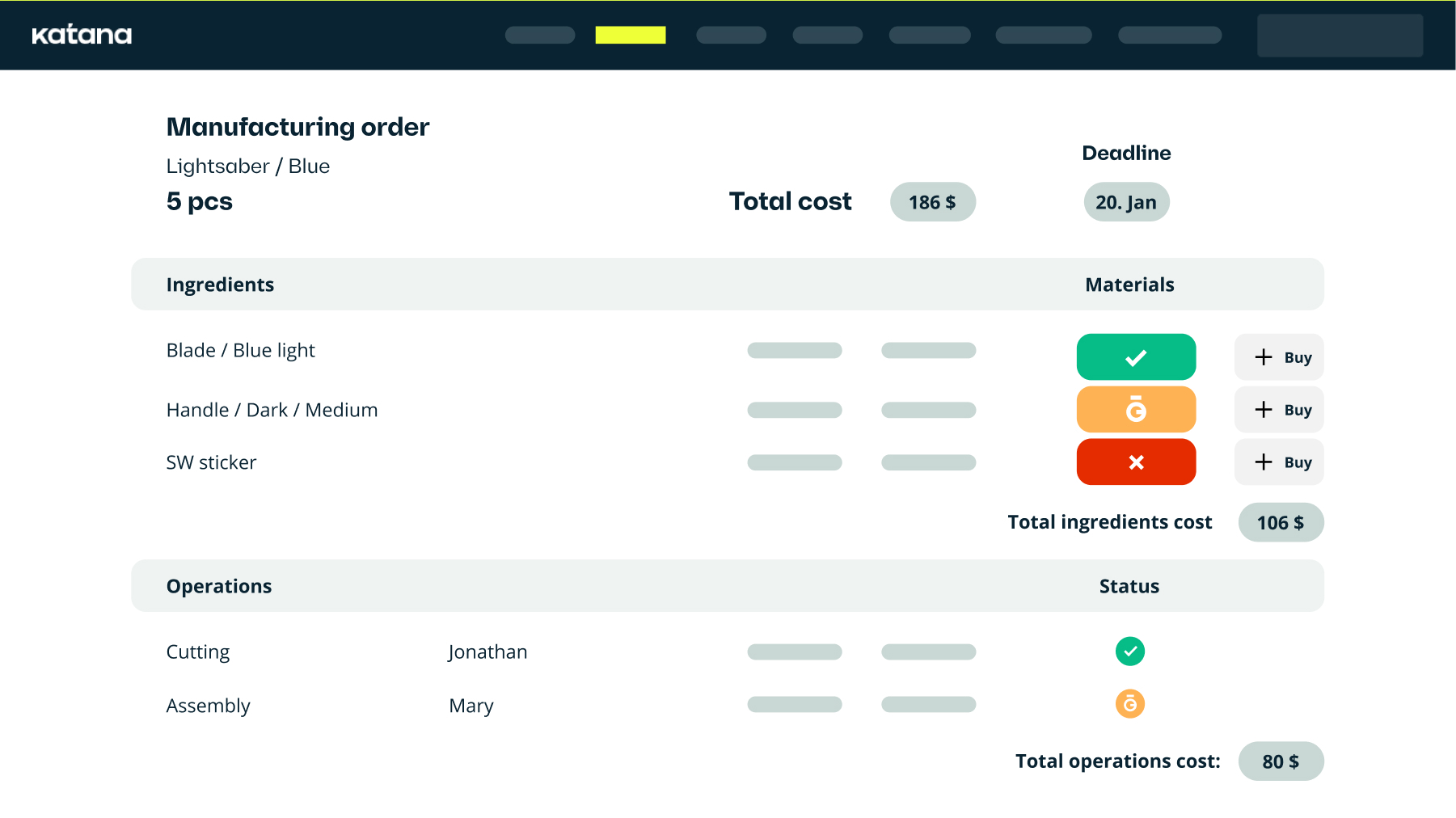9 best ways to reduce manufacturing costs
Manufacturing businesses have a lot of different expenses to keep production lines running. If not managed properly, these can grow out of hand, eating away at your profit. Check out the 9 best ways to reduce manufacturing costs and remain competitive.

Henry Kivimaa

Manufacturing involves a variety of costs, both direct and indirect. Direct costs include raw materials, labor, and machinery, while indirect costs include overhead, shipping, logistics, and marketing. Reducing these costs can be crucial for companies looking to improve their profitability or lower prices.
This article explores nine effective ways to reduce manufacturing costs, grouped into three categories:
- Labor
- Overheads
- Materials
By implementing these strategies, manufacturers can increase their efficiency, optimize the use of resources, and ultimately improve their bottom line.
So, let’s kick it off and see how to reduce costs in manufacturing related to labor.
How to reduce labor costs in manufacturing?
Labor costs mainly consist of wages but also include other expenses related to employment, like perks and benefits, social contributions, and training. Let’s look at some strategies to reduce labor costs through:
- Process automation
- Cross training of employees
- Lean manufacturing
1. Process automation
One of the most effective ways to reduce labor costs in manufacturing is to invest in automation. Automation technology can replace labor-intensive tasks, reducing the need for manual labor and minimizing the risk of errors.
The use of robots, automated assembly lines, and other technologies can help improve efficiency, accuracy, and speed in the manufacturing process.
Moreover, implementing automation can free employees to work on more complex tasks requiring creativity and problem-solving skills. While the initial investment in automation may be high, the long-term savings can be significant.
2. Cross-training employees
Another way to reduce labor costs in manufacturing is to cross-train employees on different machines and processes. Cross-training can increase flexibility and reduce the need for specialized workers.
By having employees capable of performing multiple tasks, manufacturers can avoid paying higher salaries for specialized labor. Cross-training also helps employees learn new skills, increasing job satisfaction and retention.

Download the ultimate manufacturing e-book for manufacturers
Learn how to organize and scale your manufacturing.
3. Lean manufacturing
Lean manufacturing principles focus on streamlining processes, reducing waste, and optimizing efficiency. By implementing these principles, manufacturers can increase productivity and reduce labor costs.
Lean manufacturing involves identifying areas of waste and inefficiency in the manufacturing process and implementing improvements to reduce these inefficiencies.
One example of lean manufacturing is the use of the 5S methodology, which focuses on organizing the workplace and eliminating waste. By implementing lean manufacturing, makers can improve their processes, reduce the need for labor, and increase their overall profitability.
Next, let’s see how to reduce manufacturing costs associated with overheads.
How to reduce overhead costs in manufacturing?

Overheads are the indirect costs associated with running a business. These costs often get overlooked when calculating the cost of goods manufactured. Still, you should evaluate them occasionally as they take a significant bite of your revenue. When looking to reduce overheads, you should consider:
- Energy efficiency
- Renting vs. owning
- Remote work
4. Energy efficiency
Energy costs can be a considerable overhead expense for manufacturers. Investing in energy-efficient equipment and lighting is one way to reduce energy costs.
Modern equipment is designed to be more energy-efficient, which can help reduce the energy needed to operate machinery. Similarly, LED lighting can replace traditional fluorescent or incandescent lighting, resulting in significant energy savings over time.
By optimizing energy usage, manufacturers can reduce their utility bills and improve their environmental impact.
5. Renting vs. owning
Purchasing equipment can be a significant expense for manufacturers, especially for specialized machinery.
Instead of buying equipment, manufacturers can consider renting equipment to reduce manufacturing overhead. Renting equipment can help manufacturers avoid the high costs associated with maintenance, repair, and depreciation. In addition, it provides flexibility in scaling up or down operations as needed without the sunk costs of owning the equipment.
Renting can also be an attractive option for businesses that are just starting and have limited capital for large equipment purchases.
6. Remote work
Overhead expenses associated with office space and utilities can also be reduced by implementing remote work options for non-production staff.
By allowing employees to work remotely, manufacturers can save on office space and utilities while maintaining the same productivity level. Remote work options can also help to attract and retain employees by providing flexibility and a better work-life balance.
While remote work options are not always suitable for all roles, they can be an effective way to reduce overhead costs and improve employee satisfaction.
The last category where manufacturers can save big is raw materials. Let’s look at three ways how to reduce manufacturing costs in this area.
How to reduce material costs in manufacturing?

Materials cost is another area where manufacturers can achieve considerable savings while maintaining high quality standards. You can accomplish this by:
- Using sustainable materials
- Streamlining supply chain
- Reducing waste
7. Sustainable materials
Sustainable materials can provide a cost-effective way to reduce manufacturing expenses, especially in industries that rely heavily on raw materials.
Through the use of recycled materials or biodegradable plastics, manufacturers can reduce the cost of raw materials while reducing waste. Additionally, prioritizing sustainable materials through green manufacturing can positively affect their brand image.
Recent manufacturing trends show that green is the new black, especially when it comes to younger generations. So shifting towards more sustainable materials, companies can save money and cultivate a positive image with their customers.
8. Streamlining the supply chain
Streamlining the supply chain can help manufacturers reduce the cost of materials by optimizing their procurement process.
By identifying and eliminating inefficiencies in the supply chain, manufacturers can reduce the time and cost associated with procuring raw materials. This can be achieved by reducing the number of suppliers, establishing long-term relationships, and improving communication and collaboration with them.
By streamlining the supply chain, manufacturers can reduce costs, reduce lead times, and improve their overall efficiency.
9. Waste reduction
Waste reduction is another effective way to reduce material costs in manufacturing. By implementing waste reduction strategies such as recycling, reusing, and reducing materials, manufacturers can minimize their overall costs associated with raw materials.
For example, manufacturers can recycle scrap metal, reuse scrap paper, or implement lean manufacturing techniques to reduce manufacturing waste. And again, by reducing waste, manufacturers can improve their environmental impact and contribute to a more sustainable future.
Reduce manufacturing costs with Katana

Now that you have your manufacturing cost reduction strategies, it’s time to start implementing them. And the best way to get started is to adopt production management software that does a lot of heavy lifting for you.
Katana’s cloud inventory platform is specifically designed for small and medium-sized manufacturers. It streamlines:
- Production planning
- Production scheduling
- Inventory management
- Material purchasing
With Katana, manufacturers can easily track their raw materials, finished goods, and work-in-progress, giving them real-time visibility into inventory levels and production schedules. This helps manufacturers avoid stockouts, reduce excess inventory, and optimize their use of resources.
Katana also allows manufacturers to create bills of materials, helping them better understand the costs associated with each product they manufacture.
In addition, Katana integrates with popular business platforms such as QuickBooks Online, Shopify, and Xero, allowing manufacturers to manage their orders, production, and inventory in a centralized location. This eliminates the need for manual data entry and reduces the risk of errors.
By adopting Katana, manufacturers can implement their manufacturing cost reduction strategies quickly and easily, saving them time and money while improving their overall efficiency. Request a demo today and see how it can help your manufacturing business thrive.

Henry Kivimaa
Table of contents
Get inventory trends, news, and tips every month
Get visibility over your sales and stock
Wave goodbye to uncertainty with Katana Cloud Inventory — AI-powered for total inventory control